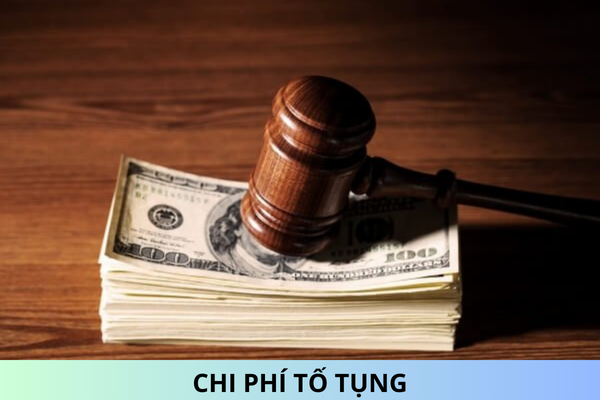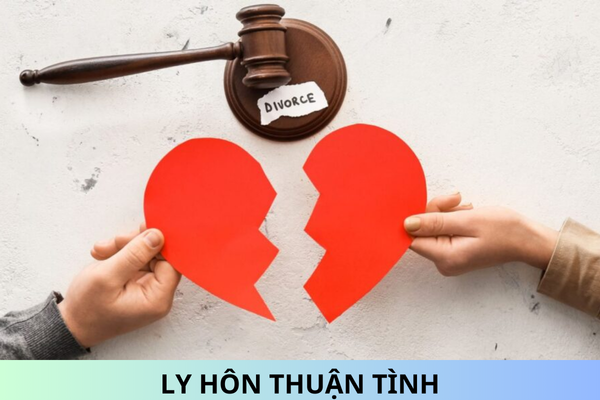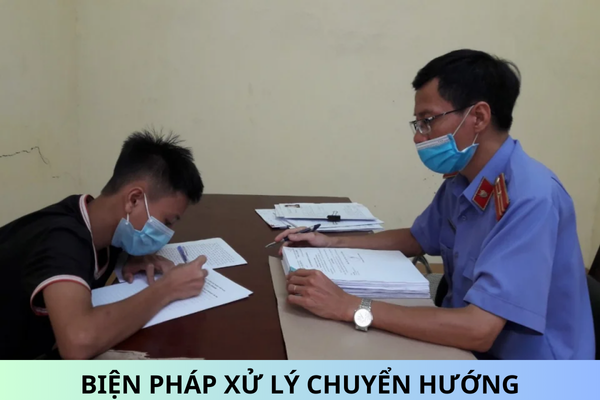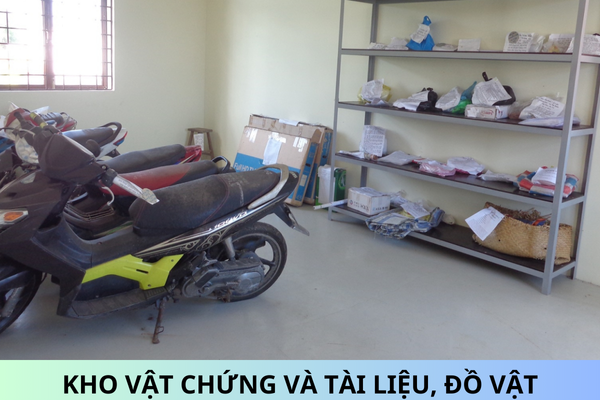What are 17 provisional emergency measures applied in civil procedure in Vietnam?
What are 17 provisional emergency measures applied in civil procedure in Vietnam?
Pursuant to Article 114 of the civil procedure Code 2015, 17 provisional emergency measures applied in civil procedure in Vietnam include:
[1] Assigning a minor, a person without civil act capacity, or a person with cognitive or behavioral difficulties to an individual or organization for guardianship, care, upbringing, or education.
[2] Requiring the advance performance of a part of the alimony obligation.
[3] Requiring the advance performance of a part of the compensation obligation for damage to life or health.
[4] Requiring employers to advance wages, health insurance, social insurance, unemployment insurance, expenses for treatment of labor accidents, occupational diseases, compensation, and allowances for labor accidents or occupational diseases to employees.
[5] Temporarily suspending the execution of a decision to unilaterally terminate a labor contract or dismiss an employee.
[6] Seizing disputed assets.
[7] Prohibiting the transfer of property rights concerning disputed assets.
[8] Prohibiting alteration of the status of disputed assets.
[9] Allowing the harvest or sale of crops, other products, or goods.
[10] Freezing accounts at banks, other credit institutions, state treasury; freezing assets held in storage.
[11] Freezing assets of the obligated person.
[12] Prohibiting or compelling the performance of specific acts.
[13] Prohibiting the exit of the obligated person.
[14] Prohibiting contact with victims of domestic violence.
[15] Temporarily halting bidding activities and related activities.
[16] Detaining aircraft or ships to ensure resolution of the case.
[17] Other provisional emergency measures as prescribed by law.

What are 17 provisional emergency measures applied in civil procedure in Vietnam? (Internet image)
What does application of provisional emergency measures in Vietnam include?
Pursuant to Article 133 of the civil procedure Code 2015, an application for a provisional emergency measure in Vietnam must include the following main contents:
- Date, month, and year the application is made
- Name, address; telephone number, fax, email address (if any) of the applicant for the provisional emergency measure
- Name, address; telephone number, fax, email address (if any) of the person requested to apply the provisional emergency measure
- Summary of the dispute or acts infringing upon one's lawful rights and interests
- Reason for needing the provisional emergency measure
- Provisional emergency measure to be applied and specific requests
Depending on the request for a provisional emergency measure, the applicant must provide the court with evidence to demonstrate the necessity of the measure.
Which provisional emergency measures can the court independently decide to apply?
Pursuant to Article 135 of the civil procedure Code 2015, the court independently decides to apply the following provisional emergency measures:
Article 135. The Court Independently Decides to Apply provisional emergency measures
The court independently decides to apply provisional emergency measures as stipulated in clauses 1, 2, 3, 4, 5, and 14 of Article 114 of this Code in cases where the parties do not request provisional emergency measures.
Thus, the court independently decides to apply the following provisional emergency measures in cases where the parties do not request them:
[1] Assigning a minor, a person without civil act capacity, or a person with cognitive or behavioral difficulties to an individual or organization for guardianship, care, upbringing, or education.
[2] Requiring the advance performance of a part of the alimony obligation.
[3] Requiring the advance performance of a part of the compensation obligation for damage to life or health.
[4] Requiring employers to advance wages, health insurance, social insurance, unemployment insurance, expenses for treatment of labor accidents, occupational diseases, compensation, and allowances for labor accidents or occupational diseases to employees.
[5] Temporarily suspending the execution of a decision to unilaterally terminate a labor contract or dismiss an employee.
[6] Prohibiting contact with victims of domestic violence.










